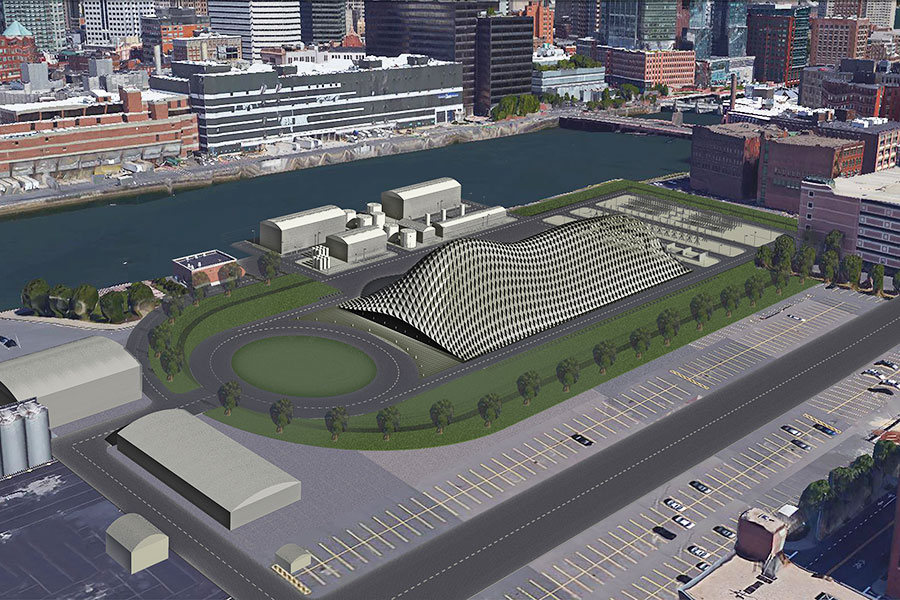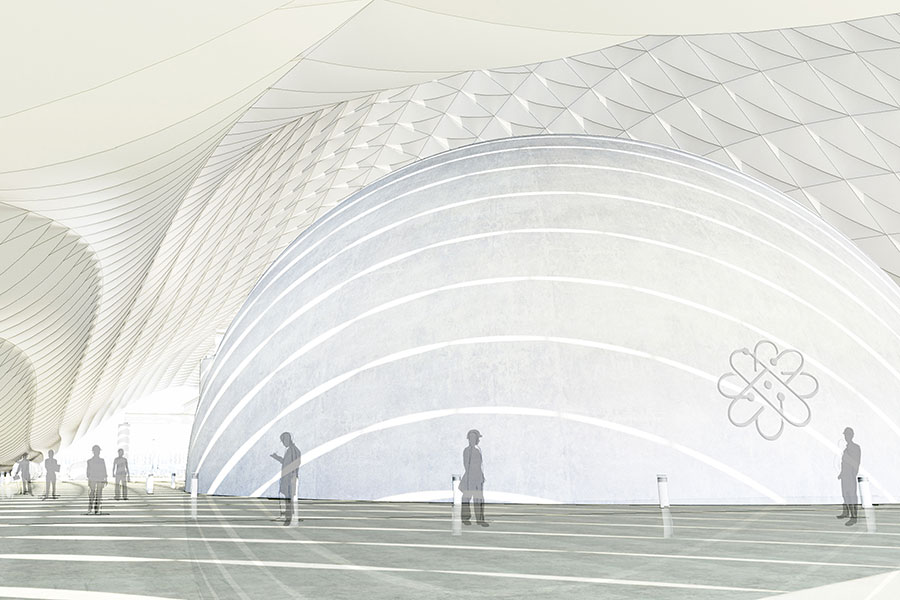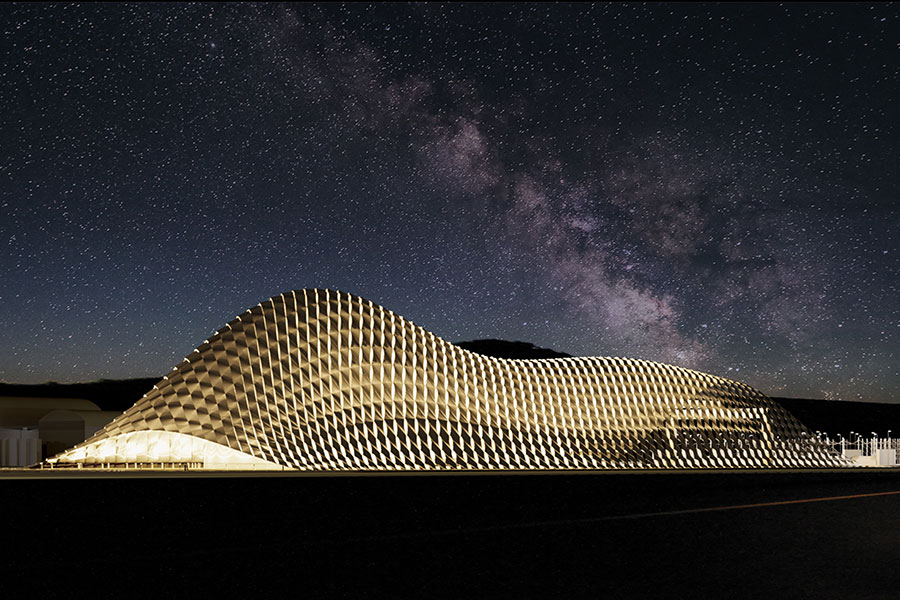Leslie Dewan thinks it’s a really exciting time for the nuclear industry right now. But, isn’t the world trying to become more nuclear-free?
Remember Chernobyl, Three Mile Island, and more recently, the meltdown at Fukushima after that tsunami? Human error and natural disasters aside, there’s also significant public opposition to nuclear power in many countries. Yet Dewan, a nuclear engineer, has cofounded Transatomic Power and aims to show that nuclear can be a safe way to generate electricity. She started the company because she believes it’s possible to power the world while helping it thrive.
Her solution? A safer, liquid-fueled nuclear reactor that leaves behind less than half as much nuclear waste as existing reactor designs.
In addition to Transatomic Power, there are around 53 other nuclear reactor design companies in North America, all busy attracting big investments for new, innovative designs that focus on safety, the environmental and better efficiency. Together, these advanced nuclear reactor design startups have raised more than $1.6 billion in private investment over the past decade.
We can’t all be nuclear scientists, and most of us will need a few years of university study to understand how it all works, so Real Leaders asked the 30 year-old Dewan to explain what, how, when and why she thinks it’s a good time to be going nuclear.

Why has this idea not been thought of before?
It actually was, in the 1960s. An earlier type of nuclear reactor called the molten salt reactor was first developed in the U.S. back in the 1960s at the Oak Ridge National Laboratory. That design showed tremendous safety benefits, but required highly enriched uranium as fuel, and was quite expensive compared to other reactor designs. What my co-founder and I did was revisit this design and change some of the materials and geometry of the reactor core to make it much more efficient and lower-cost, while keeping the same safety benefits.
This type of reactor cannot melt down. In the 1960s this fact was far less important, as there’d never been a significant commercial nuclear accident before. People thought, “Why would we pay more for a safer nuclear reactor when we clearly don’t need one?” But then the Three Mile Island nuclear accident happened, followed by Chernobyl, and then Fukushima, and people’s attitude towards safety changed for the better.
Where did your idea come from?
Mostly from reading old design manuals, journals and lab reports from the 1960s. It’s staggering how much information was generated and then abandoned. Many of the new nuclear reactor designs are now being based on this old research and experimentation.
You’re very young to be a nuclear scientist.
If you look at the age distribution of nuclear engineers worldwide you’ll notice many nuclear scientists in their 70s and early 80s, at the end of their careers. Then no one for a few decades, and then many nuclear engineers in their 20s and 30s. That gap, when hardly anyone was joining the field, was caused directly by nuclear accidents such as Three Mile Island.
Very few engineers joined the industry following those accidents and many existing engineers transitioned to other fields. This created a labor shortage in the nuclear industry and much technology and innovation was not pursued as vigorously as it should have been. Now, however, after many decades, there are many more young nuclear engineers!
How exactly will your new reactor work?
Instead of using highly enriched fuel we can use low-enriched fresh uranium fuel. Conventional nuclear reactors, which use solid fuel, don’t extract as much energy from their fuel as they potentially could. You can’t keep solid fuel within a reactor for more than around four years before it needs to be removed. Liquid fuel can stay in a reactor for about twice as long as solid fuel, because it’s much more resistant to structural damage. We’re therefore able to extract more than twice as much energy from our nuclear fuel, and leave behind less than half of the long-lived nuclear waste, compared to a conventional nuclear reactor.

We are on a planet with limited resources that are running out fast, so working together with other carbon-free energy sources seems like the way to go?
Absolutely, I want nuclear power to work alongside solar and wind power and other renewables like hydro and geothermal. We’re all fighting the same battle, and trying to find better carbon-free sources of electricity. I’m starting to see people within the environmental movement becoming more open towards nuclear. As an example, I recently received an award from National Geographic.
Was there a specific time in your life where you thought that you wanted to do something significant; something positive for the planet?
I had two excellent physics teachers in high school, both of them women. Both urged us to think big and not limit ourselves in any way. This was a strong message at an early age. In grad school, doing my Ph.D. in nuclear engineering, I was told by a professor not to work for an existing company, but to do something big, something new. My vision is a future with limitless, low cost electricity that will help raise the global standard of living, while still protecting the environment. The challenge is to develop carbon-free energy sources that are cheaper than coal. I want to demonstrate that nuclear is certainly an option, and hopefully designing a reactor that people will want in their communities!




































